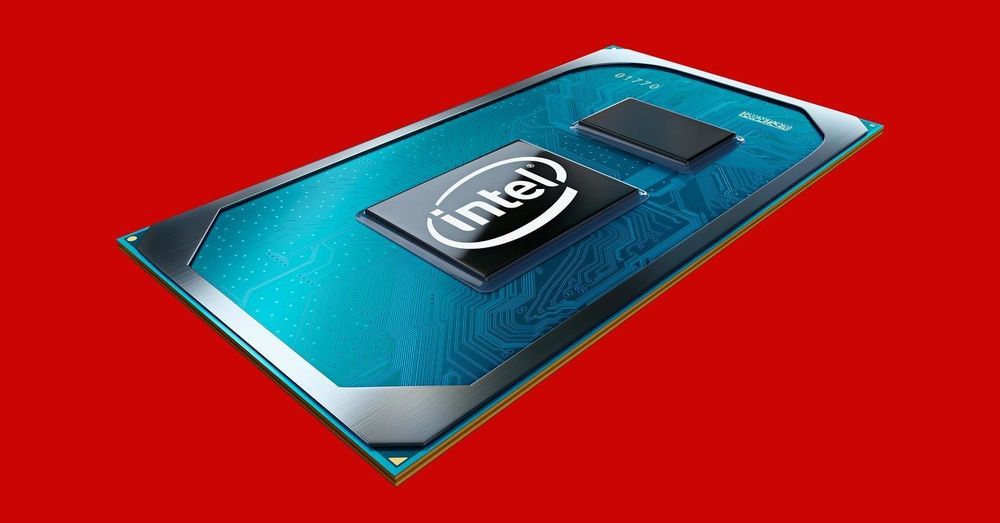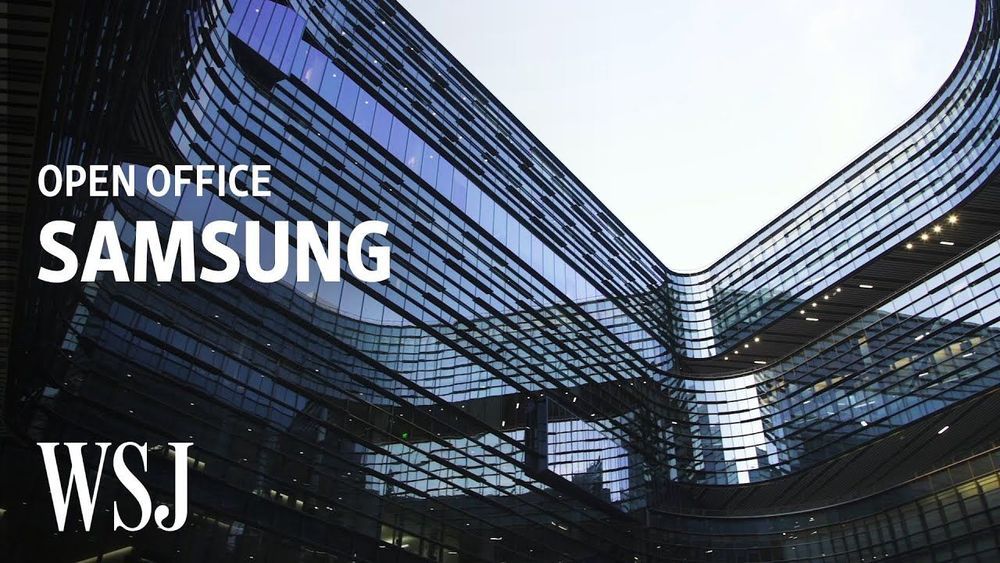The company’s latest chips—and the bending gadgets they power—are learning to think for themselves.



The magnitude of the Great Lisbon Earthquake event, a historic and devastating earthquake and tsunami that struck Portugal on All Saints’ Day in 1755, may not be as high as previously estimated.
In his study published in the Bulletin of the Seismological Society of America, Joao F. B. D. Fonseca at the Universidade de Lisboa used macroseismic data—contemporaneous reports of shaking and damage—from Portugal, Spain and Morocco to calculate the earthquake’s magnitude at 7.7. Previous estimates placed the earthquake at magnitude 8.5 to 9.0.
Fonseca’s analysis also locates the epicenter of the 1755 earthquake offshore of the southwestern Iberian Peninsula, and suggests the rupture was a complicated one that may have involved faulting onshore as well. This re-evaluation could have implications for the seismic hazard map of the region, he said.

Project NEON might just live up to the hype.

Samsung’s North American headquarters was designed to integrate into Silicon Valley, not wall employees off from it. Take a tour with WSJ’s Adam Falk as he checks out the workspace, including its elevated, open-air gardens.
Photo: Verus Productions
#WSJ #Samsung #OpenOffice

City governments, agencies and companies are on high alert for ramped-up cyber activity possibly emanating from Iran. But attacks to a handful of websites across the globe, purportedly in the name of Iranian activists groups, aren’t cause for much concern and can’t truly be attributed to Iran in the short term.

The leadership challenge for all commercial organisations today is one of delivering continuous growth to their shareholders while trying to navigate an increasingly uncertain future and a world being transformed by dramatic advances in science and technology. There is also an underlying sense that we have to do everything faster – perhaps for fear that the opportunities may not last very long. In response, we are seeing the growing use of two key growth strategies — the quest for exponential growth and the growing use of corporate venturing. I discussed exponential growth in Part 1, and in Part 2 I focus on the learning and development implications of the adoption of corporate venturing.
Corporate venturing and intrapreneuring are seen as ways of buying ourselves faster learning and growth. As organisations wrestle with finding the right path to the future, we can expect a growing focus on the use of corporate venturing, or corporate venture capital. This is basically the investment of funds in external start-up companies. Intrapreneuring tends to be used to refer to investment in new venture ideas generated by internal team members. Typically, these venturing approaches are focused on capital and resource investments in firms and internally generated ideas that could enhance the core business, create enterprises in adjacent sectors, or generate ventures that could potentially disrupt and compete with the existing entity.
This business model may become increasingly popular as firms look to these startups to help speed up knowledge acquisition, learn about emerging technologies, accelerate entry to new markets, or access critical skills and resources. Core to the success of such models are intrapreneurs and venture managers who can help the ventures gain the support they need from the core business without the imposition of unnecessary central processes and controls. Alongside these venture management skills, success requires internal leaders and functional heads to have the ability to collaborate with new ventures which might threaten their existing business.
As the desire is typically to launch these venturing and internal incubator units at speed, a level of pre-emptive skills investment is required to establish the required structures and processes to manage the activities. Fast track approaches to learning here would include meeting with a range of such venture units in different organisations. These study tours can provide deep insight into the technical aspects of running venturing and how they have tackled the issues of securing internal support, ensuring accelerated decision making, and dealing with the conflicts that can arise as parts of the business feel threatened by the new initiatives and investments. Secondments to and from established venturing units and venture capital funds can also help with accelerated knowledge acquisition.
For internally generated initiatives, while the individuals may have great ideas, they may have little or not expertise in turning creativity into innovative new ventures. Hence, a range of programmes and learning experiences will be required to teach people how to structure an idea, turn it into a business proposition, test the concept, structure the business, and manage the process from business creation through to the launch of the first product or service.
The growing importance of both venturing and exponential strategies to the future strategic agenda provides a powerful opportunity for learning and development. The function can anticipate business needs and pro-actively seek out the experiences, training, and resources that could help accelerate the adoption of these strategies.
A version of this article originally appeared in Training Journal.
ABOUT THE AUTHOR:
Fast Future publishes books from future thinkers around the world exploring how developments such as AI, robotics and disruptive thinking could impact individuals, society and business and create new trillion-dollar sectors. Fast Future has a particular focus on ensuring these advances are harnessed to unleash individual potential and enable a very human future. See: www.fastfuture.com
Rohit Talwar is a global futurist, keynote speaker, author, and CEO of Fast Future where he helps clients develop and deliver transformative visions of the future. He is the editor and contributing author for The Future of Business, editor of Technology vs. Humanity and co-editor of a forthcoming book on The Future of AI in Business.
Twitter http://twitter.com/fastfuture
Blog http://blog.fastfuturepublishing.com/
LinkedIn http://www.linkedin.com/in/talwar



At the start of a new decade, one of IBM’s top researchers thinks artificial intelligence needs to change. Welcome to the world of neuro-symbolic A.I., a fresh approach that could keep advances coming for long into the 2020s. Here’s how it works — and why it could be so important.

From a humanoid robot butler that makes home life easier to fun and creative robot building kits that will inspire the next generation of STEM leaders, the future of robots will be on display with UBTECH at CES 2020. Located in Las Vegas Convention Center South Hall 2, Booth 26015, UBTECH will be showing its newest and most innovative robots, including the latest updates to Walker, the intelligent humanoid service robot that wowed audiences at last year’s CES, plus autonomous indoor monitoring robot AIMBOT, enterprise service robot Cruzr, and award-winning JIMU Robot kits for kids.